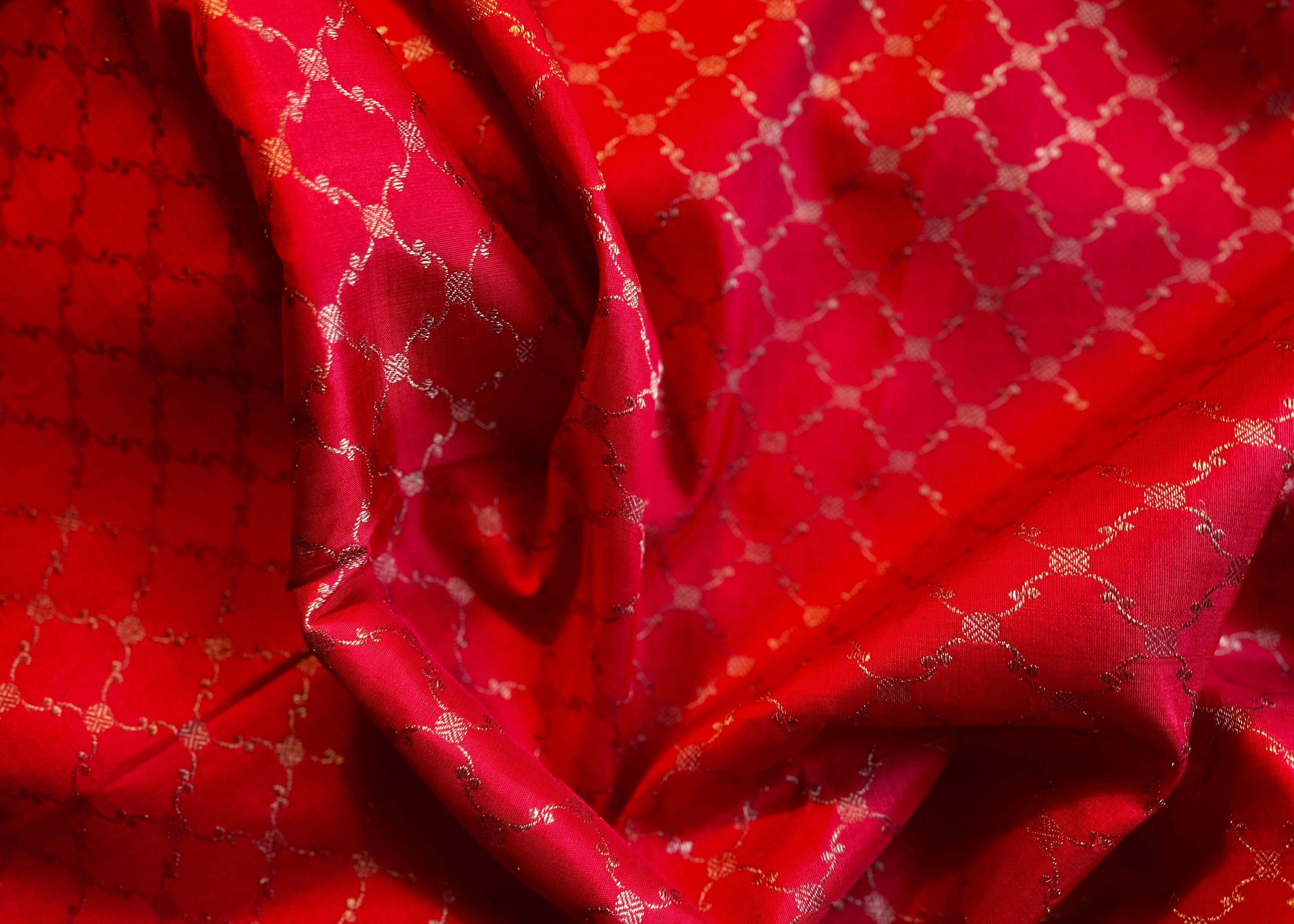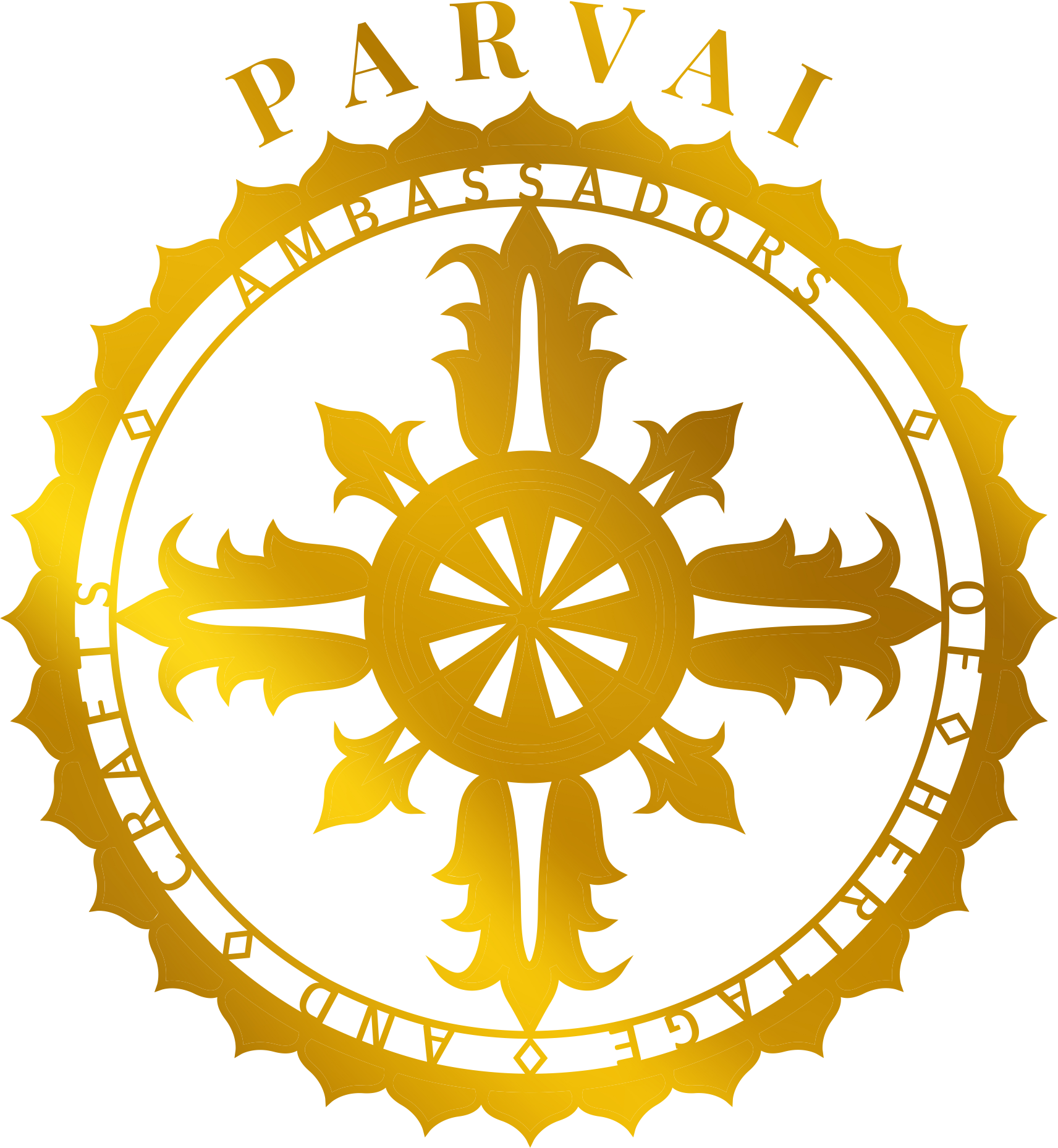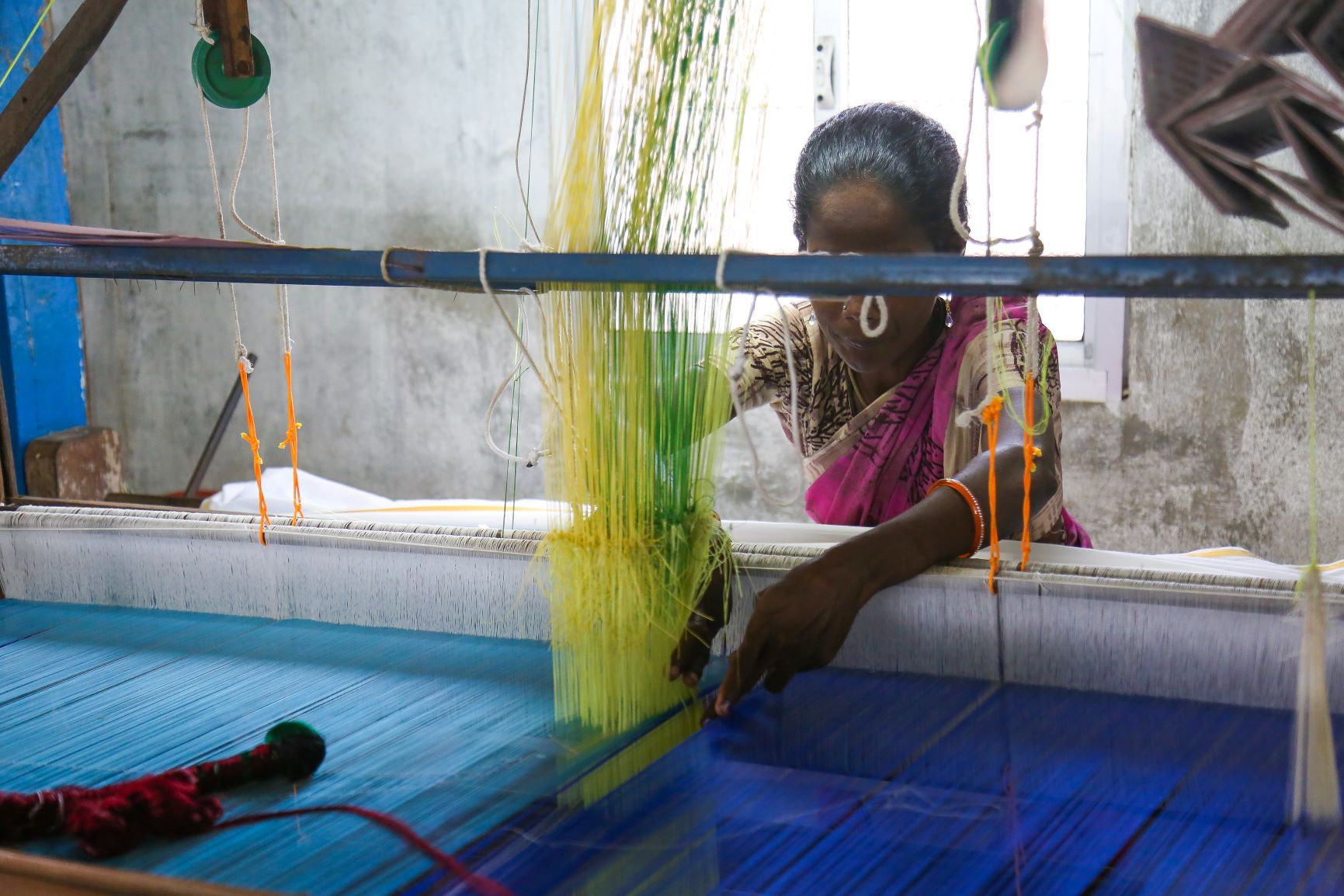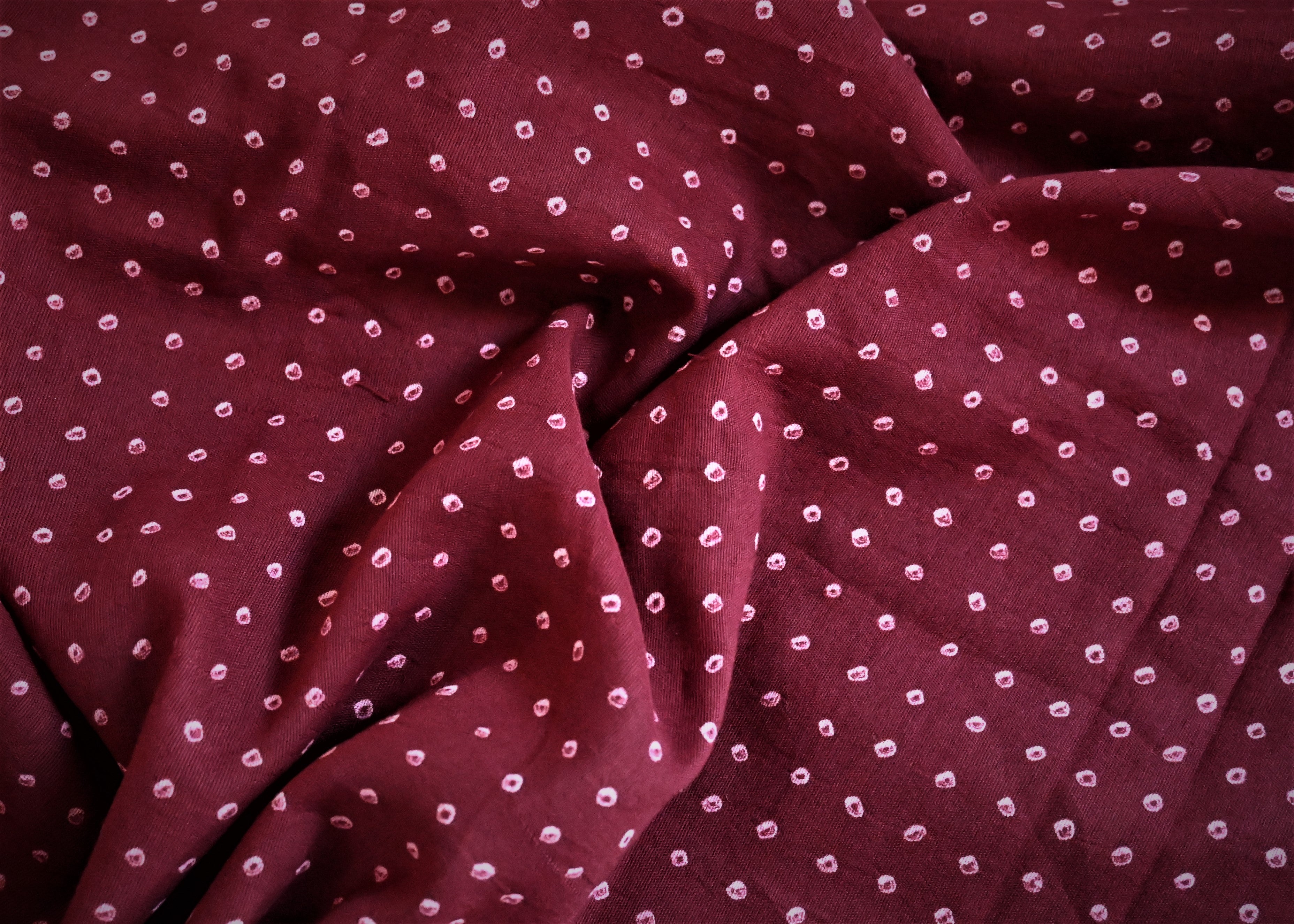
Bhavya - Parvai's Precious Brocades
People - Then & Now
It is not just the weaves that have changed & evolved but also the people that have changed. In the last 50yrs we went from bullock carts to self driven cars. Technology has changed the way we live our lives and the impact of these changes have percolated & permeated all walks of life. We live in an age of instant gratification & slow fashion certainly struggles to find its relevance here. 
When we discuss brocades, people & particularly, the skillsets of weavers becomes a primary topic of discussion. What does it take for a weaver today to work on brocades? Brocade weaving starts with design development. There after, these ideas are translated into loom set up. And finally the sarees are woven in the set up with various color combinations. At every stage a specific skill is employed and these skills have started vanishing due to lack of patronage. These skills are a combination of aesthetics & creativity, mathematical calculations and lastly the physical strength required to operate a loom that weighs upwards of 20kgs tirelessly with consistency to ensure a uniform & smooth finish. The driving force for creativity is inspiration & patronage. The complex calculations that one needs to understand to set up a brocade loom is neither being recorded in books nor passed generationally as was the practice earlier. And machines have replaced humans where ever labour is involved that operating 20kg loom is no longer something every weaver is able & willing to commit. This also means heritage designs like vanasingaram are recycled & reused to ensure design & set up work is minimal and sometimes mechanical interventions like compression pumps are required to operate handlooms for an average weaver.
The driving force for creativity is inspiration & patronage. The complex calculations that one needs to understand to set up a brocade loom is neither being recorded in books nor passed generationally as was the practice earlier. And machines have replaced humans where ever labour is involved that operating 20kg loom is no longer something every weaver is able & willing to commit. This also means heritage designs like vanasingaram are recycled & reused to ensure design & set up work is minimal and sometimes mechanical interventions like compression pumps are required to operate handlooms for an average weaver. As we pause to relook at Brocades in Kanchipuram, we fully understand the limitations around Knowledge, design and weaving. Some of these could be addressed with time and investment while some others we will have to wait for market forces to influence. Brocades in the market today are a result of our collective patronage and it’s important to understand what we ask for.
As we pause to relook at Brocades in Kanchipuram, we fully understand the limitations around Knowledge, design and weaving. Some of these could be addressed with time and investment while some others we will have to wait for market forces to influence. Brocades in the market today are a result of our collective patronage and it’s important to understand what we ask for.

How it started & the story today..
If one were to comb through history, one would realise brocade weaving is relatively new to Kanchipuram. In fact, weaving even body motifs was a rarity till jacquards were invented. Today, brocade woven saris are a part of the bridal and more exclusive work done in Kanchipuram. Brocade weaves use two techniques - Jangla and Jacquard. Each technique has its own pluses and minuses. The Jangla technique is inspired by similar saris woven in Banaras. It is more labour intensive however it is limited to certain motifs & sizes. Larger motifs and dense brocade weaves require jacquard intervention. A jangla can be combined with jacquard or adai motifs to create layered complexities. Sadly jangla brocade is not commonly spotted in Kanchipuram. Instead the third variant which is computer generated designs that seem to be popular now in Kanchipuram. Powerloomed brocades which use tested zari and faux silk come in a variety of designs with complex patterns however a connoisseur will tell you while these saris are pocket friendly at first glance, one can’t get a lot of use from them. Buying a brocade has to be approached like how one would buy fine jewellery - one must look to invest in gold zari and silk. The original intent of brocades was to weave precious metals which can stay with the family as heirloom or for a rainy day. And while we now have other ways to invest & save money, brocades should be viewed as an investment. This will ensure weavers take pains to ensure top notch zari and silk are used. When woven well and maintained with care, brocades can become family heirlooms - if you want proof look at some of the well preserved saris and garments worn by royalty for several generations now. That kind of care in making & preserving the fabric will ensure we invest our time & energy today towards creating something truly masterful & museum worthy for our future generations.
Sadly jangla brocade is not commonly spotted in Kanchipuram. Instead the third variant which is computer generated designs that seem to be popular now in Kanchipuram. Powerloomed brocades which use tested zari and faux silk come in a variety of designs with complex patterns however a connoisseur will tell you while these saris are pocket friendly at first glance, one can’t get a lot of use from them. Buying a brocade has to be approached like how one would buy fine jewellery - one must look to invest in gold zari and silk. The original intent of brocades was to weave precious metals which can stay with the family as heirloom or for a rainy day. And while we now have other ways to invest & save money, brocades should be viewed as an investment. This will ensure weavers take pains to ensure top notch zari and silk are used. When woven well and maintained with care, brocades can become family heirlooms - if you want proof look at some of the well preserved saris and garments worn by royalty for several generations now. That kind of care in making & preserving the fabric will ensure we invest our time & energy today towards creating something truly masterful & museum worthy for our future generations.

If you went back in time and looked at old photos, you would see Kanchipuram stood for well woven, strong, 3 or 4ply silk with stark korvai borders and pallu. The drama came more from hyper contrasts and less from zaris and motifs. The colour combinations were delightful and Kanchipuram cluster developed so many shades. A simple yellow could be a mambazham (mango), pasum manjal (turmeric) or Shrichurnam. A green could be a elai pachhai (leaf green), pasi pachhai (moss green), ramar pachhai (a shade of teal green) and a myriad different shades in between. They came up with unique shot colors like man thulir, mayil kazhuthu and ennai arakku. And for the weavers the focus was on the structural and visual beauty.
It was with the advent of jacquard that body and pallu motifs began to be developed. And with inspiration from other clusters began brocade weaving. In many ways, jacquards & graphs helped motif weaving in Kanchipuram. Kanchipuram silks woven today are way different from the ones woven in the yesteryears. While adai weaving is considered an art & skill, adai weaving was not always conducive for brocade weaving or where heavy motifs were used. The strength to operate a brocade loom while maneuvering the delicate motifs would be an inhuman task. And not to forget the tautness required to ensure the brocade doesn’t entangle with your jewellery. When jacquards came into use, they slowly paved way for weave and motif complexity and over time brocades too.
Parvai’s work with brocades doesn’t just involve recreating old or design new saris but documenting the why, how, when and where as well. Presenting yet another stunning brocade kanchipuram silk sari woven in pure zari & silk. If you were to visit Indian museums that display gilded clothes worn my royalty, you would be surprised how well they have lasted. The objective of the earliest gilded fabrics was to display wealth & showcase the prosperity of the kingdom by way of display of wealth. One might consider this an ostentatious display of wealth. But contrary to that, royal patronage helped the earliest art & craft forms evolve. Commissioned work by royalty & wealthy merchants paved way for innovation, craft development & growth.
If you were to visit Indian museums that display gilded clothes worn my royalty, you would be surprised how well they have lasted. The objective of the earliest gilded fabrics was to display wealth & showcase the prosperity of the kingdom by way of display of wealth. One might consider this an ostentatious display of wealth. But contrary to that, royal patronage helped the earliest art & craft forms evolve. Commissioned work by royalty & wealthy merchants paved way for innovation, craft development & growth.

Since brocades were woven with pure gold and silk back then, they were heavy and possibly impractical to be worn for anything but ceremonial duties. But the penchant for craft development is something that stayed and led to finer textiles. Market trends & patronage decide the quality & designs of fabrics produced. Over time the brocades got less heavy, more practical and common man started to buy them. The last couple of decades with the popularity of fast fashion came a period of decline . We have been valuing quantity over quality, preferring lighter sarees woven with faux zari that fit the pocket. Powerloom faux silks with faux zari is possibly the closest equivalent of fast fashion in the sari world.So the reality is that pure brocade weaving is on a decline.
Appreciation for hand-made crafts comes from a place of knowledge & pride. It is our humble endeavour to influence that domino effect - be the change you want to see they say.
Design development in brocades is a beautiful & interesting process. Firstly one can have a small motif like a paisley or flower that is woven over and over again. This can be placed encased in checks or boxes to create added impact. Alternatively one can have a creeper like motif running horizontally or vertically or even diagonally. These work well with floral wines for instance. One can also have thick stripes, checks or geometric motifs like diamonds woven all over. Lastly one can have a complex web of motifs where it would seem like there is no start & end to the motifs. It’s interesting to note the common mayil, chakram, rudraksham and other motifs like Yazhi or elephants are uncommon in brocades unless it is a vanasingaram.


At Parvai we have arrived at our own system of designing brocades. Ever since we set up our looms to weave brocades we have been working on floral vines or jaals as they are called. The type of motif we use would decide the technique to be employed. 
Earlier in 2020, we experimented with the more labour intensive jangla technique but finding very less weavers willing to do this work in the post-pandemic world, we have now started experimenting with Jacquards. Our brocades are woven in pure zari, pure silk and completely by hand which makes these sarees stand out from the rest. Our focus for brocades is technical superiority, weave uniformity, design development while standing for purity & authenticity.





Leave a comment
This site is protected by hCaptcha and the hCaptcha Privacy Policy and Terms of Service apply.